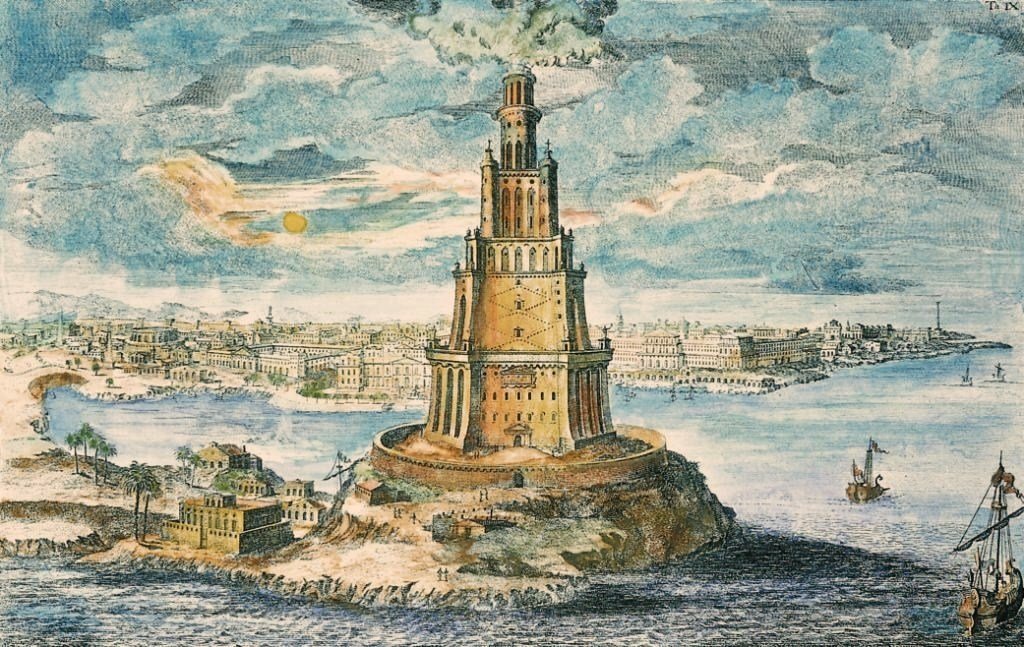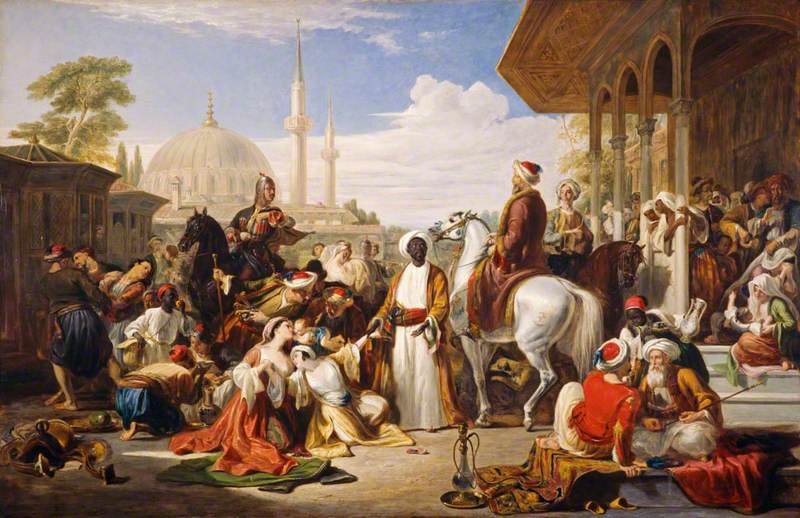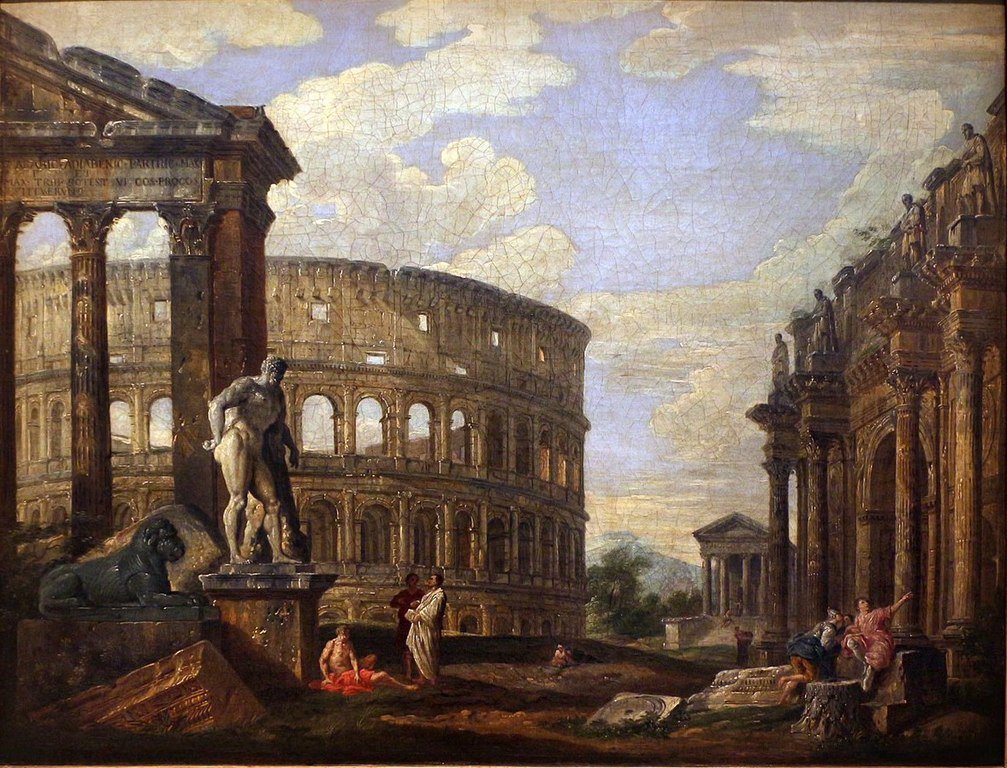The Romans made significant contributions to the development of law and governance, laying the foundations for many modern practices. Their ambition to create and expand cities brought about substantial environmental changes, including extensive quarrying and deforestation for resources. Throughout their empire, the Ancient Roman cities were marvellous feats of engineering, all following similar principles of urban planning.
When the Roman Empire conquered various regions, they often preserved the existing cities as administrative centers. Cities of Ancient Rome like Jerusalem, Alexandria, and Athens retained their importance under Roman rule. Others, such as Carthage and Sarmizegethusa Regia in Dacia, were reconstructed. Jerusalem, however, suffered complete destruction due to multiple Jewish rebellions against the empire.
One notable exception was Constantinople, which the Romans built from the ground up on the site of the ancient city of Byzantium. This new capital city of the Eastern Roman Empire was meticulously planned and designed to reflect the grandeur and power of Rome itself. Constantinople became a symbol of Roman authority and remained a significant city throughout its history.
Alexandria

Alexandria, an ancient city of immense importance within the Roman Empire, held a pivotal position as the grain capital of the Roman World. Founded by Alexander the Great in 332 B.C., this Hellenistic settlement served as Egypt’s capital for centuries. Within a remarkably short span of a hundred years, Alexandria grew into one of the largest and most influential cities worldwide, characterized by its diverse population encompassing Greeks and Jews.
Notably, Alexandria’s reputation extended beyond its size and populace; it became renowned for its exceptional educational institutions. The city played a crucial role in the translation of the Bible into Greek, resulting in the creation of the Septuagint.
In 30 B.C., Alexandria transitioned into Roman rule, marking the dawn of a new era of development and attracting eminent philosophers, logicians, researchers, and mathematicians. As a vibrant hub of intellectual pursuit, Alexandria fostered the advancement of knowledge, leaving an indelible imprint on the ancient world. Its profound contributions to education and its integral role as the grain capital further solidified its significance within the expansive realm of the Roman Empire.
Carthage
Carthage, founded by the Phoenician queen Elissa in 814 BC, emerged as a flourishing trading hub in the western Mediterranean. Despite its prosperity, Carthage faced constant challenges to its autonomy, encountering tensions with the Berbers, Greeks in Sicily, and the Roman Republic. These tensions escalated into the Punic Wars (264 BC–146 BC), ultimately leading to the complete devastation of Carthage by Roman forces.
However, Julius Caesar later rebuilt the city, transforming it into a significant agricultural center second only to Alexandria. Carthage’s strategic location established it as a vital link in the Mediterranean, solidifying its status as a “Roman lake” for five centuries. As the Roman Empire declined, Carthage grew even more essential to Rome, supplying vital grain exports and ensuring control over the Mediterranean Sea. The Fall of Carthage to the Vandals in the fifth century dealt a crippling blow to Rome, contributing to its ultimate collapse in 476 A.D.
Antioch
Antioch, a city of great significance in the Roman Empire, held dual roles as the capital of the Seleucid Empire and the Roman province of Syria. Founded by Seleucus I Nicator, a key figure in the post-Alexander era, Antioch rose to become the third-largest city in the Roman Empire, thriving as a bustling center of trade. Positioned at the western terminus of the Silk and Spice routes, it facilitated commerce and served as a vital stronghold for the Romans.
Beyond its commercial prowess, Antioch carries historical weight as one of the earliest centers of Christianity. It was within these city walls that the followers of Jesus were first called “Christians,” marking a significant milestone in the development of the faith. While Antioch is now situated in modern-day Turkey and known as Antakya, it preserves echoes of its illustrious past. Visitors can explore the remnants of temples, theaters, aqueducts, and baths, bearing witness to the architectural grandeur of this ancient city.
Constantinople

Constantinople, the new capital city of the Eastern Roman Empire, emerged on the site of the ancient Greek state of Byzantium in AD 330. Established by Constantine, it became known as the Queen of Cities and served as a vital gateway between the Mediterranean and Black Seas.
Positioned at the western end of the lucrative spice and silk routes, Constantinople swiftly gained renown for its wealth, opulence, and thriving trade. The Holy See of Constantinople, established at the Council of Chalcedon in AD 451, paralleled the importance of Rome’s Holy See. The formidable walls of Constantinople, a symbol of its strength and resilience, endured breaches only on two momentous occasions: first in 1204 and again in 1453. After a thousand years of both triumph and challenges, Constantinople ultimately succumbed to the Ottoman Empire.
Londinium
Londinium, also known as Roman London held the prestigious title of being the capital of Roman Britain. Situated in present-day London, this Roman settlement thrived as a bustling commercial center and a vital port connecting Britain with the wider world. Rapidly growing in size and importance, Londinium became the largest city in Britain and a crucial hub for trade, serving as a gateway for goods heading further north.
Eventually, however, the settlement was abandoned, potentially due to a significant fire that swept through the area. Today, while London has transformed into a vast metropolis, traces of its ancient Roman past can still be glimpsed through remnants of Roman ruins. Further north, notable relics of Roman imperial presence, such as Hadrian’s Wall, stand as enduring testaments to the historical significance of this era.
Ephesus
Ephesus, a city with a legendary origin associated with the Amazons, emerged as a Greek settlement in the 7th century BCE. It rapidly gained prominence under the Lydian kings, reaching great wealth and prosperity. During the reign of King Croesus, the magnificent Temple of Artemis, one of the Seven Wonders of the Ancient World, was constructed, solidifying Ephesus’ significance. As a thriving center of trade and commerce, the city continued to flourish.
In the Hellenistic period, Ephesus faced challenges due to the silting of its port and the emergence of unhealthy marshland, leading to its resettlement to its present-day location. In 129 BCE, the Romans inherited Ephesus, and it remained under Roman rule, serving as a regional capital. The city retained its wealth and influence, evidenced by the grand Library of Celsus and the largest Roman theater accommodating 25,000 spectators.
Ephesus played a pivotal role in early Christianity, becoming a primary center and housing the largest Christian community within the empire. However, in 262 CE, the Goths devastated Ephesus, including the Temple of Artemis. Despite efforts to rebuild, the city never regained its former splendor. Over time, its population diminished, and the urban area contracted.
By the early Middle Ages, Ephesus had declined significantly, and its port fell into disuse. The Seljuqs later took control of the city, which eventually became a minor settlement. The true remains of the once-great city remained hidden until their rediscovery in 1869, revealing the rich history and legacy of Ephesus.
Rome

Rome, the symbolic and formidable capital of the Roman Empire, held immense strength and importance throughout its existence. As the empire expanded, so did the power and influence of Rome. For over a millennium, Rome stood as the preeminent city, renowned for its unrivaled might. Its strategic location on the Italian peninsula and along the Tiber River granted it unparalleled access to trade routes, particularly the Mediterranean Sea. This geographical advantage allowed Roman armies to swiftly conquer neighboring territories.
Moreover, Rome served as the political epicenter of the empire, housing the established government and administration. It was a vibrant hub of entertainment and societal activities, attracting citizens from all walks of life. Today, numerous ancient ruins in modern Rome stand as tangible relics of its glorious past. Iconic structures such as the Colosseum where the glorious gladiator games took place, the Pantheon, and the Roman Forum continue to captivate visitors, offering glimpses into the grandeur and splendor of ancient Rome.
Also Read: Most Influential Ancient Greek City States You Need to Know
